Human Factor Speeds Up Glacial Melting
Scientists simulating changes in mountain glaciers over the last century and half have established that rates of melting have increased greatly in recent years -- and that humans are the main culprits.
By Tim Radford, Climate News NetworkThis piece first appeared at Climate News Network.
LONDON — The impact of human activity is melting the glaciers in the world’s mountain regions, and is doing so at an accelerating rate.
Ben Marzeion, a climate scientist at the University of Innsbruck’s Institute of Meteorology and Geophysics, Austria, reports with colleagues in the journal Science that they used computer models to simulate changes in the world’s slow-flowing frozen rivers between the years 1851 and 2010. The study embraced all the world’s glaciers except those in Antarctica.
This kind of manipulation allows researchers to play with the possibilities and see, for instance, how much changes in the sunlight patterns, high-level atmospheric changes because of volcanic eruptions, or simply slow cycles of natural weather patterns might be at work in the ice record.
The answers were unequivocal about human impact on the environment. “In our data, we find unambiguous evidence of anthropogenic contribution to glacier mass loss,” Dr Marzeion says.
In retreat
That glaciers are losing mass — retreating uphill, and melting at a faster rate — is not in doubt. A year ago, one group established without any doubt that worldwide, and overall, glaciers are in retreat.
In South America, some glaciers in the Andes are melting at a record rate, while satellite measurements show that the Jakobshavn glacier in Greenland doubled its flow speed between 1997 and 2003, and has doubled it again since 2003.
In Europe, 19th-century landscape painters, pioneer photographers and mountain guides unwittingly made permanent, easily-accessible records of Alpine glacier geography. These now set a baseline for all modern measurements, and researchers have established that the melt is getting faster.
The challenge is to determine how much of this is due to natural causes, and how much to changes in human land use, and the emission of greenhouse gases.
Higher proportion
The Innsbruck team has calculated that around a quarter of all the melting between 1851 and 2010 can be put down to human activity. But that is the overall picture: the proportion gets higher with time. Between 1991 and 2010, the fraction of melting due to human activity rose to two-thirds.
“In the 19th century and first half of the 20th century we observed that glacier mass loss attributable to human activity is barely noticeable, but since then has steadily increased,” Dr Marzeion says.
Your support matters…Independent journalism is under threat and overshadowed by heavily funded mainstream media.
You can help level the playing field. Become a member.
Your tax-deductible contribution keeps us digging beneath the headlines to give you thought-provoking, investigative reporting and analysis that unearths what's really happening- without compromise.
Give today to support our courageous, independent journalists.
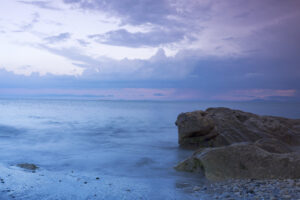
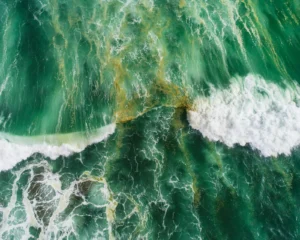
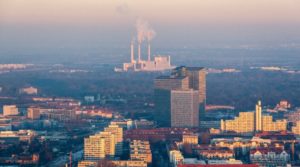

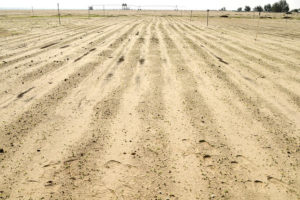
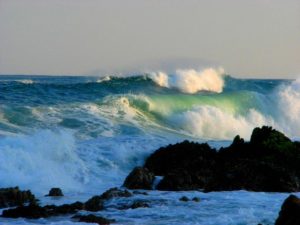
You need to be a supporter to comment.
There are currently no responses to this article.
Be the first to respond.